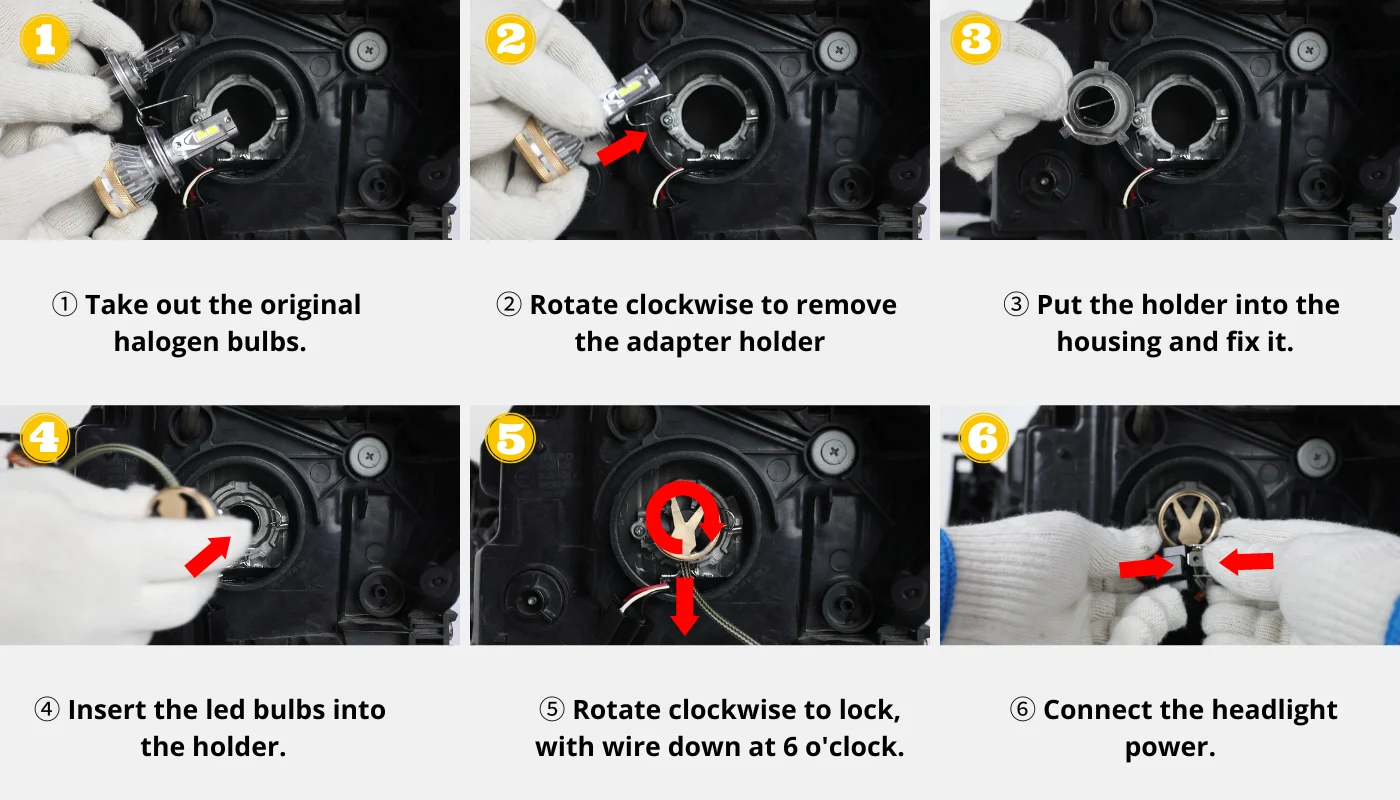The Evolution of V12 Engines
Despite common misconceptions V12 engines continue to deliver strong performance and remain top choices for luxury car owners. The Ferrari 812 GTS demonstrates this statement with its 790 horsepower V12 engine. The combination of powerful performance and smooth operation and a distinct sound makes it a favorite among luxury vehicle aficionados.
Matra returned to Formula 1 before transitioning to Larrousse, followed by Lotus and Ligier teams.
The Evolution of the V12 Engine
Thanks to their inherent balance and smooth operation luxury and performance vehicles have favored V12 engines as their top engine choice for years. The special firing order of these engines allows pistons to fire at varied intervals which results in a sustained torque curve.
The first major Zeppelins that flew transatlantic routes nonstop used V12 engines that were later implemented in early fighter and bomber planes until jet engines became dominant post-World War II.
Automakers now face tougher emissions regulations which have made it difficult for them to implement V12 engines in their vehicles. Automobile manufacturers including Ferrari support this type of engine by adopting advanced technologies such as cylinder deactivation and variable valve timing to improve efficiency and performance along with fuel injection systems that maintain the engine’s relevance in modern automotive markets.
Electrification
Top sports and luxury car brands such as Ferrari, Lamborghini and Aston Martin have traditionally relied on the V12 engine as their primary power unit. The combination of its sizable displacement and multiple cylinders allows this engine to produce ample power while maintaining the refined smoothness essential for comfortable driving.
Balanced designs in engines combined with strategic firing intervals create inherent smoothness by removing power pulse intervals. The vibration reduction qualities of this engine make it the perfect powerplant for vehicles functioning at high speeds.
V12 engines remain relevant in modern engineering because of advancements like High Precision Injection, twin turbocharging, and Valvetronic variable valve timing which enhance both efficiency and performance. BMW unveiled a new hydrogen fuel cell-powered V12 engine to demonstrate its versatility and presented an N74 model to illustrate engineering advancements that exceed previous performance boundaries.
Downsizing
Luxury and sports car manufacturers such as Ferrari, Lamborghini, and Aston Martin favor V12 engines because their large displacement and high cylinder count enable maximum power output with smooth performance delivery.
During World War II military forces employed V12 engines in multiple aircraft including British Rolls-Royce Merlin and Griffon fighters Soviet Klimov VK-107 Mikulin AM-38 Klimov VK-107/AM38 Klimov VK 107 Mikulin AM 38 Klimov VK 107 airship engines Mikulin AM38 airship engines and American Allison V-1710s. Curtiss NC flying boats and Zeppelins completed transatlantic crossings without stops thanks to these advanced engines.
During World War II these engines achieved unprecedented performance levels yet manufacturers later faced the challenge of enhancing fuel efficiency. In response to fuel efficiency needs manufacturers downsized V12 engines with Mercedes-AMG substituting its S4’s substantial V12s for four-liter twin turbo engines to enhance fuel economy.
The Future
The V12 engine stands as the preferred power source for supercars and luxury cars and manufacturers like Ferrari, Mercedes-Benz, Lamborghini and Aston Martin use them. A V12 engine provides smooth acceleration together with an elegant driving experience.
V12 engines offer multiple benefits but also come with significant disadvantages. V12 engines cost more and consume more fuel than four cylinder engines of similar size which requires extended vehicle bodies to fit them – elements that deter buyers who favor cost efficiency over power.
The evolution of the automotive industry will provide an interesting look at how V12 engines will transform. The automotive industry’s move toward electrification and stricter emissions rules casts doubt on this powertrain’s future; however, new technology advancements might enable its survival for another hundred years. We are eager to see the amazing innovations that engineers will produce using this technology.












